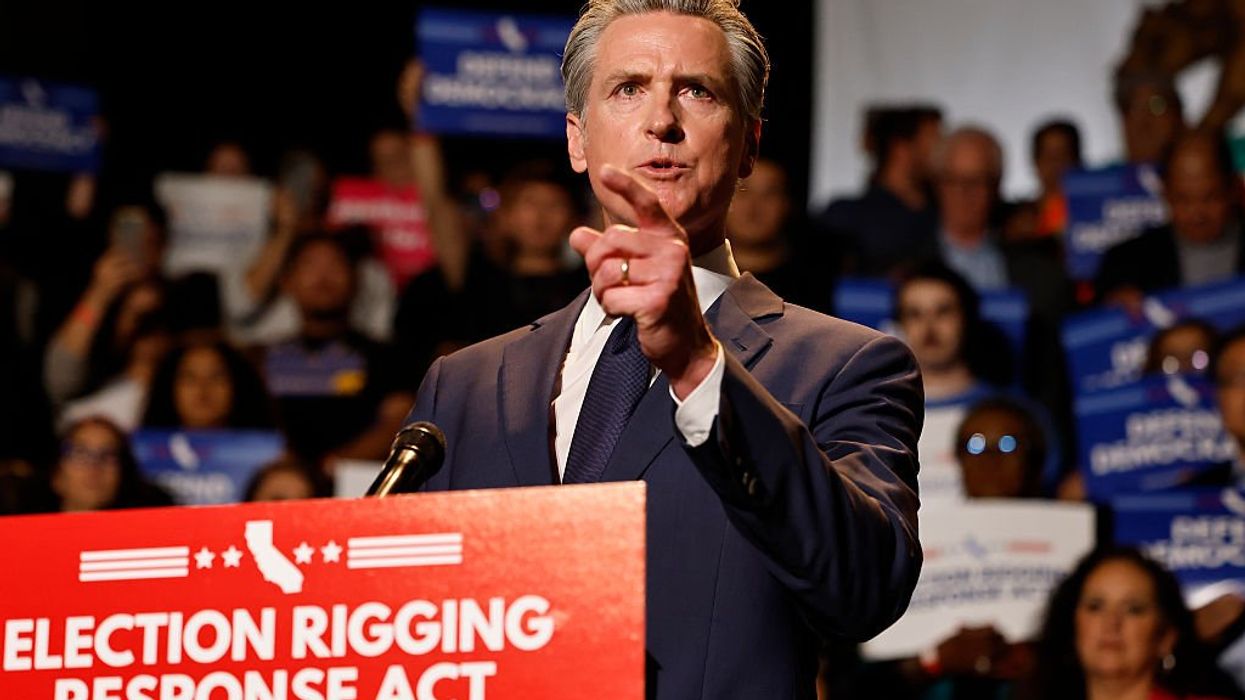This year is significant for several military anniversaries: it marks the 250th anniversary of the United States Army, Navy, and Marine Corps; the 80th anniversary of the end of World War II; the 75th anniversary of the start of the Korean War; and the 50th anniversary of the end of the Vietnam War.
On Memorial Day, President Donald Trump is expected to visit Arlington National Cemetery. This location is the final resting place for over 400,000 individuals who served and lost their lives while protecting their country.
In a recent proclamation, Trump called on government officials and citizens to fly American flags at half-staff and to engage in prayers for peace.
The proclamation emphasizes Memorial Day as a day of remembrance, honoring the sacrifices made by those who served in defense of liberty. It reflects on the solemn duty to remember those who have made the ultimate sacrifice for the nation.
It reads in part: "We are eternally indebted to our Nation’s fallen heroes. On this solemn day, as we honor their sacrifice, the First Lady and I ask all citizens to join us in prayer that Almighty God may comfort those who mourn, grant protection to all who serve, and bring blessed peace to the world."
Hugo Balta is the executive editor of the Fulcrum and a board member of the Bridge Alliance Education Fund, the parent organization of The Fulcrum. He is the publisher of the Latino News Network and an accredited Solutions Journalism and Complicating the Narratives trainer with the Solutions Journalism Network.




















